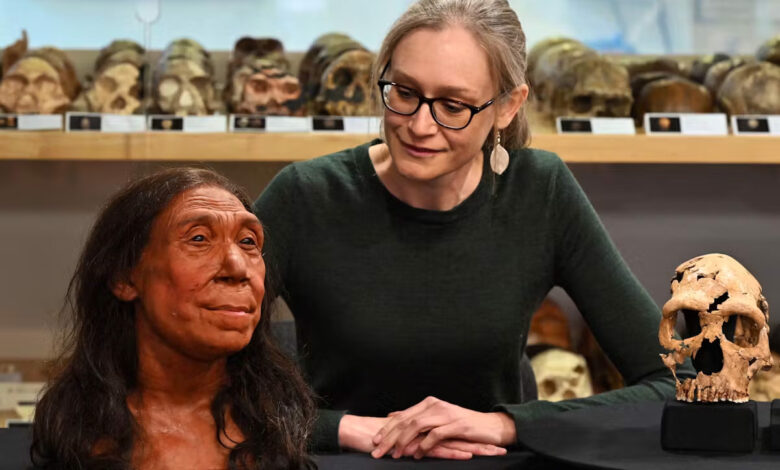
Winners and losers in the struggle for resources
War or plague cannot be considered the only way to destroy Neanderthals by modern humans. When these two groups got close to each other, the competition could have tragic results.
Neanderthal objects such as pendants and carvings show that they were intelligent; But new research shows that there were significant differences between the brains of intelligent humans and the brains of Neanderthals: modern humans have more neurons in their brain regions key to higher-level thinking, and the neurons in the human brain have more connections. In other words, wise people were able to think faster. Neanderthals’ greater difficulty processing language also meant that modern humans had an advantage in key tasks such as hunting and finding food.
Although the highly isolated groups of Neanderthals probably had a biological disadvantage, they also seem to have suffered from a cultural disadvantage. Shara Bailey, an anthropologist at New York University, says:
When you have larger populations, ideas spread more easily and other people can expand on them; But given the scattered population of Neanderthals, their artistic or cultural innovations may not have been as advanced as in larger populations with more interactions between individuals.
Although Neanderthals made tools that were sophisticated for their time, no complex long-range weapons have been found. The ability of intelligent people to invent projectile weapons was considered a competitive advantage.
However, the full implications of these differences on Neanderthal survival are still unclear. We can also think of intragroup competition, or competition between groups of Neanderthals, as a possible result of their dwindling numbers and encroachment by modern humans, Nowell says.
Neanderthals were slower than intelligent humans in terms of thinking and decision-making power
When Nowell and his colleague Melanie Chang, a paleontologist at the University of Portland, studied ancient and contemporary hunter-gatherer groups, they found that these groups often coherently determined who could use their land and resources, and that being in a group could be about survival. As Neanderthals disappeared from many parts of Eurasia and retreated to southern Iberia, the competition between Neanderthal groups intensified.
Nowell suggests that competition with other Neanderthals may have forced them to separate themselves. At first glance, this evidence seems convincing; Because about 40,000 to 50,000 years ago, there was a cultural explosion between Neanderthal groups and modern humans. These cultural elements include an increase in personal ornaments such as painted shells, which were probably worn as pendants and used as group symbols.









